Does the Jathedar Akal Takht Hold Office 'At the Pleasure' of the SGPC?
We propose a bold reform: the Jathedar of Sri Akal Takht should be directly elected for a 5-year term by an electoral college comprising all registered SGPC voters across Punjab, Chandigarh, and HP.
Suspension of Giani Harpreet Singh Sparks Debate
The recent decision by the SGPC Executive Committee, taken in its emergent meeting on December 19 at Gurdwara Katana Sahib, Ludhiana district, to suspend Giani Harpreet Singh, Jathedar of Takht Sri Damdama Sahib, has ignited widespread debate. This suspension, effective for 15 days pending an inquiry into the allegations against him, has drawn attention to the processes, practices, precedents, and traditions governing the appointment and removal of Jathedars, particularly in respect to the Jathedar of Sri Akal Takht.
Adding a layer of complexity, if not irony, the meeting was presided over by SGPC President Advocate Harjinder Singh Dhami, who himself has been summoned by the Punjab State Women’s Commission to explain objectionable remarks made against women. These remarks, captured in a now-viral audio, included derogatory statements against former SGPC President Bibi Jagir Kaur. This juxtaposition has led many concerned Sikhs to question how an SGPC President facing scrutiny over his own conduct possesses the moral and legal authority to suspend a Jathedar. Critics have further suggested that the allegations against Giani Harpreet Singh may be based on hearsay or even motivated complaints aimed at character assassination, creating a pathway to his eventual removal.
Revisiting the Legal Framework
This incident has also revived interest in the legal and traditional framework governing the Jathedar of Sri Akal Takht. In June last year, well before the current controversy erupted, we published an article titled "Jathedar Akal Takht: Balancing Tradition and Legal Framework." The recent developments compel us to revisit the issues raised then, as they have gained renewed significance.
Legal Position: Servants of the SGPC?
The Sikh Gurdwaras Act, 1925, does not explicitly mention the term "Jathedar Akal Takht" or even "Jathedar" for any of the Takhts. Instead, under Section 43(1)(II), they are referred to as "Head Ministers." This raises a very pertinent and fundamental question: Are the Jathedars to be regarded as “servants of the Board” within the meaning of Section 69 of the Act, given that their salaries and allowances are paid from SGPC funds?
If this interpretation holds, it raises concerns about the potential devaluation of the Jathedar’s status, particularly that of the Jathedar Akal Takht. The position of Jathedar, steeped in centuries-old tradition since the time of the Sixth Guru, Sri Guru Hargobind Ji, deserves respect and independence beyond the control and confines of the SGPC, created under a colonial law.
The Need for Legal Reform
The Sikh Gurdwaras Act, 1925, a British-era enactment, must be amended to elevate the status of the Jathedar Akal Takht to its rightful place as the highest spiritual and temporal authority for Sikhs. It is an anachronism, in our humble opinion, for an institution created centuries ago and preserved through varying geopolitical environments to be diminished by colonial legislation. While the Act is a significant achievement born out of the Akali Movement over a century ago and contains many unique and desirable features, the status of the Jathedar Akal Takht needs urgent reexamination.
Historical Oversight
It appears that the colonial framers of the Act deliberately avoided explicitly referring to the Jathedar as such, instead using the term "Head Minister." This term has since been interpreted to mean the Jathedar, but it falls short of recognizing the historical, temporal and spiritual stature of the role.
The Role of Sarbat Khalsa: Tradition vs. Modern Framework
The concept and tradition of Sarbat Khalsa are deeply rooted in Sikh history, symbolizing unity and collective decision-making. However, while its historical significance is immense, the process of convening and decision-making within the Sarbat Khalsa is often too ambiguous to operate effectively within a modern legal framework. This ambiguity has led to increasing calls for reform to establish a more transparent and structured system for managing key Sikh institutions, including the appointment and removal of Jathedars.
Efforts toward reform are not new. In 2000, the Akal Takht directed the SGPC to form a panel of Sikh scholars to address issues related to the qualifications, responsibilities, and appointment of Jathedars. A subsequent report by a committee of Sikh intellectuals outlined comprehensive guidelines for these processes. In addition, organizations such as SAD (Sanyukt), the Jathedar Hawara Committee, and Dal Khalsa have repeatedly emphasized the need for clear procedures to ensure transparency and accountability. However, no clear-cut guidelines have emerged.
The Controversy of 2015 Sarbat Khalsa
The Sarbat Khalsa held on November 10, 2015, at Chabba village near Amritsar, exemplifies the challenges of relying solely on traditional frameworks. This gathering, which included various Sikh organizations and radical groups, controversially appointed Jagtar Singh Hawara, a convicted assassin of former Punjab Chief Minister Beant Singh, as the Jathedar of Akal Takht. Since Hawara is imprisoned in Tihar Jail, Dhian Singh Mand was named as the acting Jathedar in his absence. Alongside these appointments, the gathering also declared the "removal" of the incumbent Jathedar, Giani Gurbachan Singh, and other Takht Jathedars.
The SGPC strongly opposed these decisions. Its then-President, Avtar Singh Makkar, condemned the gathering as contrary to Sikh principles and declared the appointments null and void. The SGPC asserted that under the Sikh Gurdwaras Act, 1925, the removal and appointment of Jathedars fell exclusively under its purview, reinforcing the legal authority of mainstream Sikh institutions. Giani Gurbachan Singh continued to serve as Jathedar despite the Sarbat Khalsa's declarations, underscoring the ongoing tensions between mainstream institutions like the SGPC and more radical Sikh groups. This incident highlighted the urgent need to balance the rich tradition of Sarbat Khalsa with a structured and justiciable framework for governance in Sikh institutions.
A Call for Reflection and Reform
In light of these recent developments and the aforesaid summary of the previous events, we revisit our earlier analysis, updating it with fresh perspectives and suggestions for reform. The suspension of Giani Harpreet Singh, coupled with the legal ambiguities surrounding the role of the Jathedar Akal Takht, underscores the urgent need for bold and thoughtful changes to ensure that this sacred institution is preserved, respected, and insulated from political interference.
Having said this, we reproduce our earlier article, titled "Jathedar Akal Takht: Balancing Tradition and Legal Framework," which we had published in June last year. We, however, create a new concluding paragraph.
================================================================
Introduction: On 16th June, 2023, the Executive Committee of the Shiromani Gurdwara Parbandhak Committee (SGPC) appointed Giani Raghbir Singh as the new Jathedar of Sri Akal Takhat Sahib, relieving Giani Harpreet Singh of this additional charge. Giani Harpreet Singh would, however, continue as Jathedar of Takhat Sri Damdama Sahib, Talwandi Sabo, his substantive appointment.
This decision has elicited mixed reactions from various quarters, catalysing discussions about the institution of the Jathedar of Akal Takhat and its position not only as per the historical traditions but also within the legal framework of the Sikh Gurdwaras Act, 1925 (hereinafter SGPC Act). This brief article aims to explore the historical perspective of the Akal Takhat and also delve into the legal aspects governed by the SGPC Act. It attempts to suggest a way forward
Historical Significance: The roots of the Akal Takhat can be traced back to Guru Har Gobind Sahib Ji, the sixth Sikh Guru. Sri Guru Hargobind Ji established the Akal Takhat in Amritsar, adjacent to the Golden Temple (Sri Darbar Sahib) complex, symbolizing both spiritual authority (piri) and temporal authority (miri). The institution gained significance as a seat of power, where the Guru and subsequent Jathedars addressed social, political, and religious matters affecting the Sikh community.
The Institution of Jathedar of Akal Takhat: The position of Jathedar was established by Sri Guru Hargobind Sahib Ji himself when he appointed Bhai Gurdas as the first custodian of the Akal Takht, then known as the Akal Bunga. Since then, well-known and highly respected Sikh personalities such as Bhai Mani Singh (appointed by none other than the tenth Guru, Sri Guru Gobind Singh ji), Nawab Kapur Singh, Jass Singh Ahluwalia, and Akali Phula Singh have held this post.
Evolution of SGPC: With the formation of the SGPC after a prolonged struggle by the Akali Dal during the British era, the appointment of the Jathedar Akal Takhat generally has been under the purview of the SGPC. On certain occasions, the appointment has been made by the Sarbat Khalsa, a general congregation of Sikh representatives. The SGPC Act, enacted in 1925, provided a legal framework for the functioning of the SGPC but did not explicitly address the appointment process for the Jathedar of Akal Takhat.
Jathedars in the Post-Independence Era: Following India's independence, prominent personalities have held the position of Jathedar Akal Takhat, playing a crucial role in guiding and leading the Sikh community. Notable Jathedars in the post-independence era include Udham Singh Nagoke, Giani Gurmukh Singh Musafir, Mohan Singh Tur, Sadhu Singh Bhaura, and Joginder Singh Vedanti. These individuals brought their unique perspectives and contributed to the growth and development of the Sikh Panth.
Powers and Functions: The Jathedar of Akal Takhat holds significant powers and functions, both historically and by tradition. Here are some of the key roles and responsibilities associated with the position:
Spiritual Guidance: The Jathedar of Akal Takhat provides spiritual guidance to the Sikh community. He interprets and explains the teachings of Sikhism, particularly as enshrined in the Sri Guru Granth Sahib.
Temporal Authority: The Jathedar exercises temporal authority and represents the political and authoritative aspect of Sikhism. He is expected to address social and political issues concerning the Sikh community and provide leadership on matters of concern.
Hukamnamas: The Jathedar has the power to issue hukamnamas (edicts) on behalf of Akal Takht. These hukamnamas carry religious, social, and political significance, guiding the Sikh community on various matters, including ethical conduct, social issues, and Sikh practices
.
Resolving Disputes: The Jathedar of Akal Takhat has historically played a crucial role in resolving disputes within the Sikh community. He acts as a mediator and arbiter, attempting to reconcile conflicts and maintain unity among the Sikhs.
Custodian of Sikh Traditions: The Jathedar is responsible for upholding Sikh traditions, customs, and maryada (code of conduct). He ensures the adherence to established Sikh principles and safeguards the integrity of Sikh practices.
Representation: The Jathedar represents the Sikh community at national and international platforms. He is expected to engage with political leaders, religious figures, and organizations to advocate for Sikh rights and promote Sikh interests, within India and abroad.
Legal Framework and Challenges: Let us briefly analyse the institution of the Jathedar Akal Takht under the SGPC Act. The term “Jathedar Akal Takhat” does not occur anywhere in the SGPC Act. The Jathedars are referred to as “Head Ministers”. As per section 43(1)(ii), Jathedar Akal Takhat, along with the Jathedars of the four other Takhats and the Head Granthi of Sri Darbar Sahib, Amritsar are ex-officio members of the General Body of the SGPC, along with the 170 elected members of the SGPC and the co-opted members.
The SGPC Act, while governing the functioning of the SGPC, does not explicitly outline the qualifications, tenure, or removal process for the Jathedar Akal Takhat. The appointment is generally made by the Executive Committee of the SGPC, and the tenure is, for all intents and purposes, at the pleasure of the Executive Committee. Concerns have been raised about the lack of clarity on the criteria and transparency in the appointment and functioning of the Jathedar. Is he supposed to act independently or is he subject to the general direction and control of the SGPC or its Executive Committee? These questions have not been authoritatively answered, one way or the other. Some scholars have argued that even a simple full-time “sewadar” employee of SGPC has more security of tenure, than the personality holding the high office of the Jathedar, Akal Takhat.
Striving for Transparency and Consensus: Scholars and Sikh community members have emphasized the need for a transparent mechanism governing the appointment, removal, and tenure of the Jathedar Akal Takhat. Amending the SGPC Act could, in theory, provide a more robust legal framework but active consultation not only with the SPGC but also with the wider Sikh community must be effected before initiating this process. It would be most desirable if a consensus is developed before changing the law. Until such reforms are framed and implemented, the SGPC's General Body could consider framing guidelines outlining qualifications, grounds for removal, and procedures to be followed.
Conclusion: A Bold Vision for Reform
The Sacred Institution of the Jathedar Akal Takht
The institution of the Jathedar Akal Takht holds immense significance within and beyond the Sikh community worldwide, both historically and traditionally. While the Sikh Gurdwaras Act, 1925, provides an implicit framework for its functioning, there is an urgent need to resolve the ambiguities surrounding the appointment, tenure, and removal of the Jathedar. This esteemed office demands a leader who exemplifies integrity, impartiality, and an unwavering commitment to the Sikh Panth—a figure widely recognized as a mass and popular leader, rather than someone appointed at the discretion of the ruling group within the SGPC, often through arbitrary processes.
A Bold Proposal for Democratic Legitimacy
What we propose is a bold yet necessary reform: the Jathedar of Sri Akal Takht should be directly elected by an electoral college comprising all registered SGPC voters across Punjab, Chandigarh, and Himachal Pradesh. Eligibility to contest should align with the criteria for SGPC membership, ensuring that only a person of impeccable credentials and standing in the Panth can run for this esteemed office.
The Jathedar’s term should be fixed at five years, with a lifetime limit of two terms. Removal from office should only occur after a due impeachment process, based on grave misconduct, breach of maryada, blasphemy, sacrilege (beadbi), or moral turpitude, and must be supported by a two-thirds majority of the SGPC General House members present and voting.
Balancing Tradition with Modern Legal Frameworks
This proposal, if adopted, would ensure a judicious balance between Sikh tradition and modern-day legal frameworks. It reflects the evolving aspirations of the Sikh Panth while safeguarding the sanctity and autonomy of the Akal Takht. It is now incumbent upon the Sikh Panth collectively—including the Shiromani Akali Dal and the SGPC—to adopt resolutions to this effect and urge the Central Government for necessary amendments to the Sikh Gurdwaras Act, 1925.
The Time Is Now
The time for such reform is now. If not immediately, then as a priority following the SGPC elections. Bold and thoughtful action is required to preserve, respect, and insulate this sacred institution from political interference, ensuring it continues to serve as a beacon of guidance and unity for the Sikh community worldwide.
_____________________________________________________
KBS Sidhu. The Author is an IAS officer of 1984 Batch of Punjab cadre, and retired from service in July 2021, as Special Chief Secretary, Punjab.
The photographs have been clicked by the author.
He can be reached on kbs.sidhu@gmail.com
____________________________________________________________________
Did the Supreme Court err in the SGPC-Haryana Case?
Supreme Court’s Verdict: The verdict of 20th September, 2022 pronounced by the Supreme Court of India[1], upholding the constitutional validity of the Haryana Sikh Gurdwaras (Management) Act, 2014[2], in our opinion, is not only erroneous and unconstitutionally incorrect but also significantly undermines the unpa…




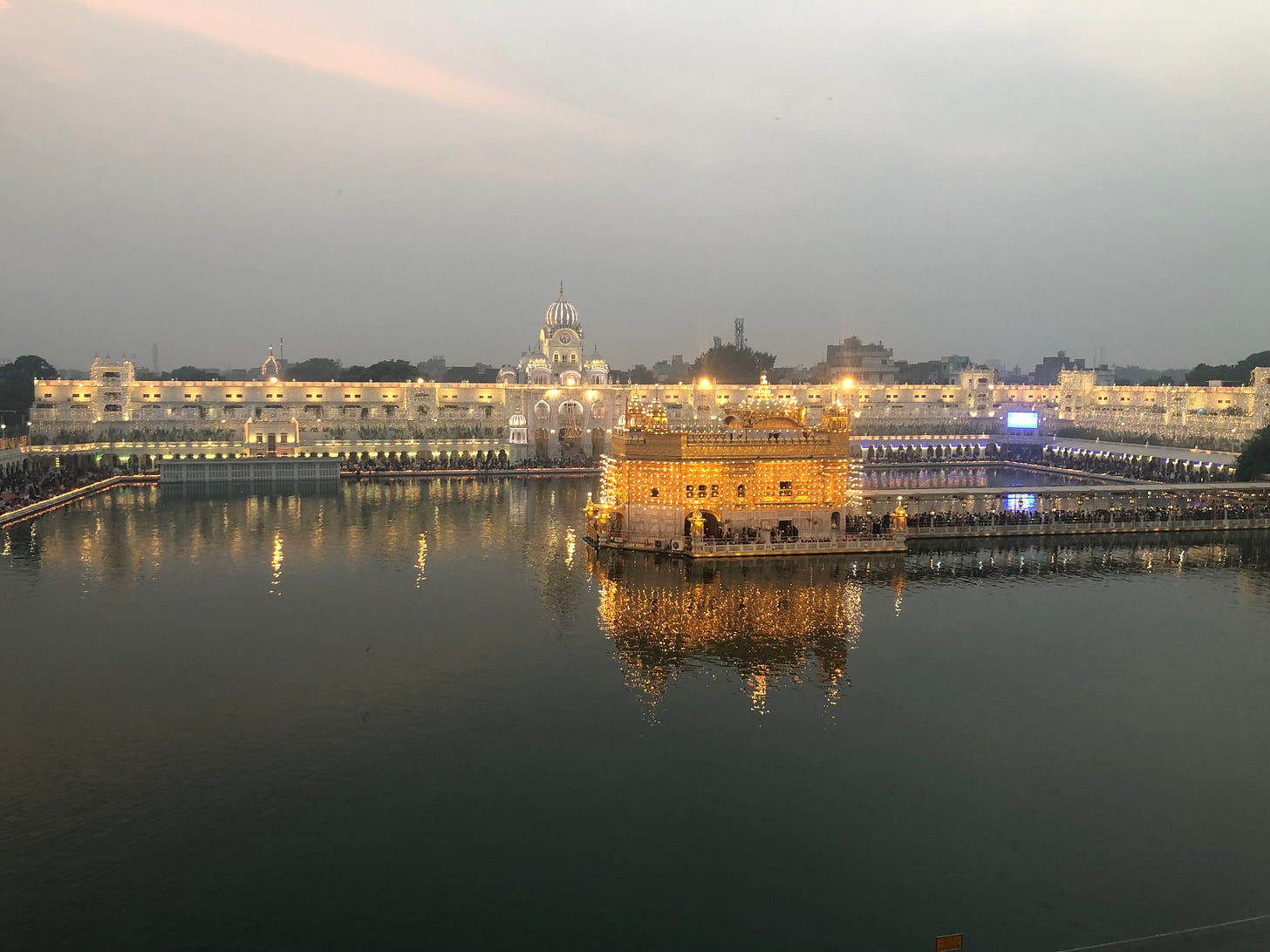

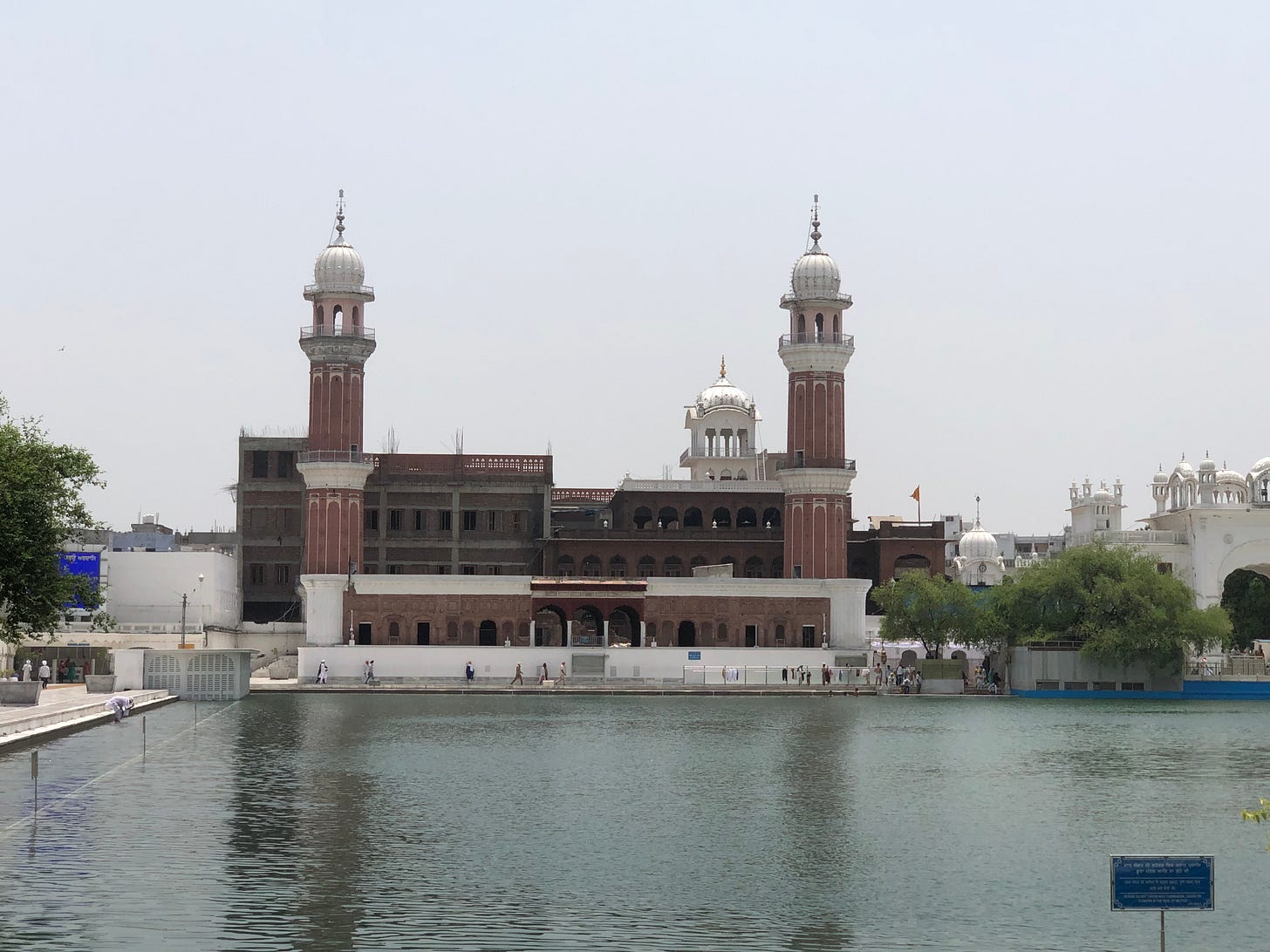
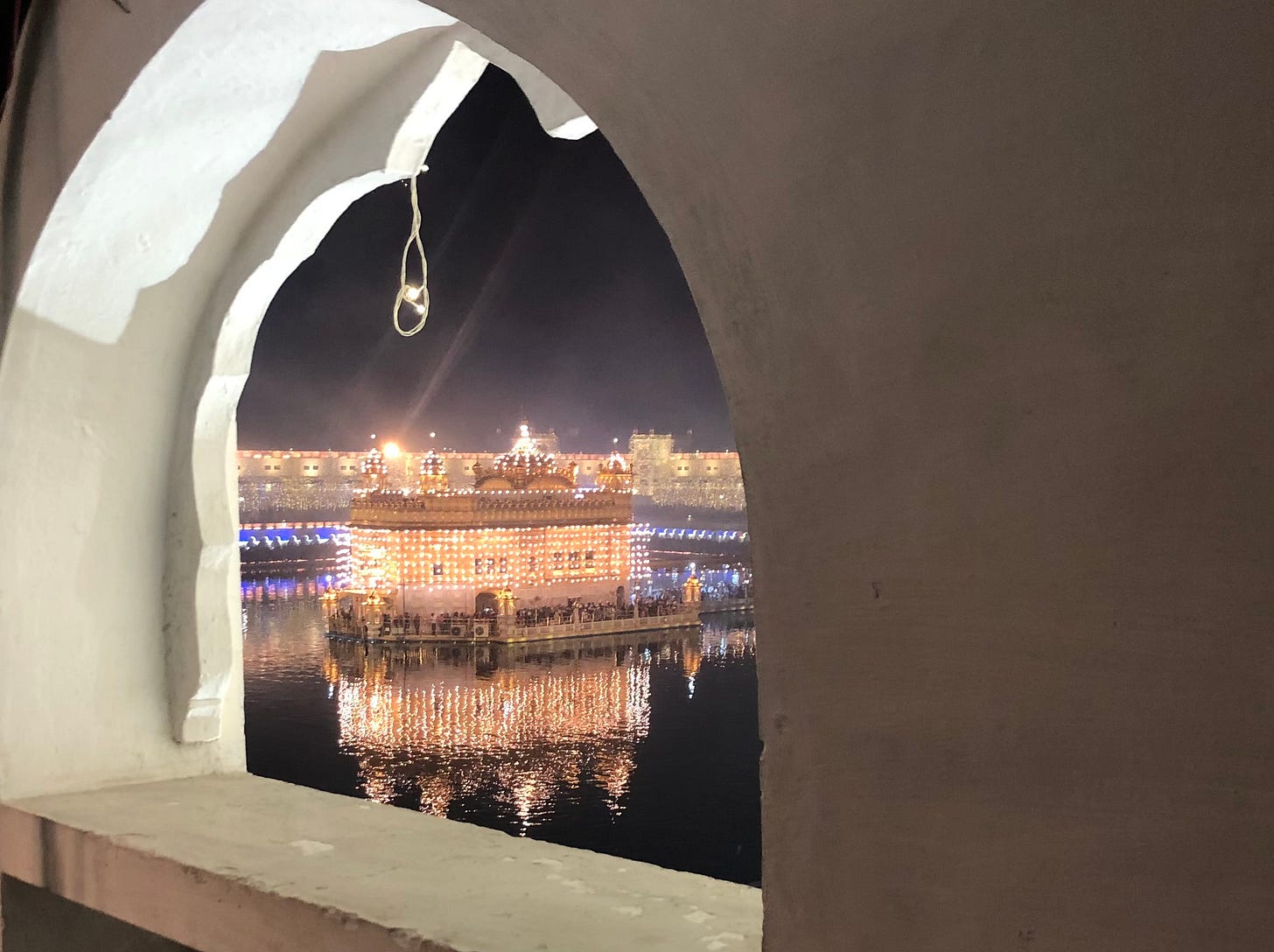
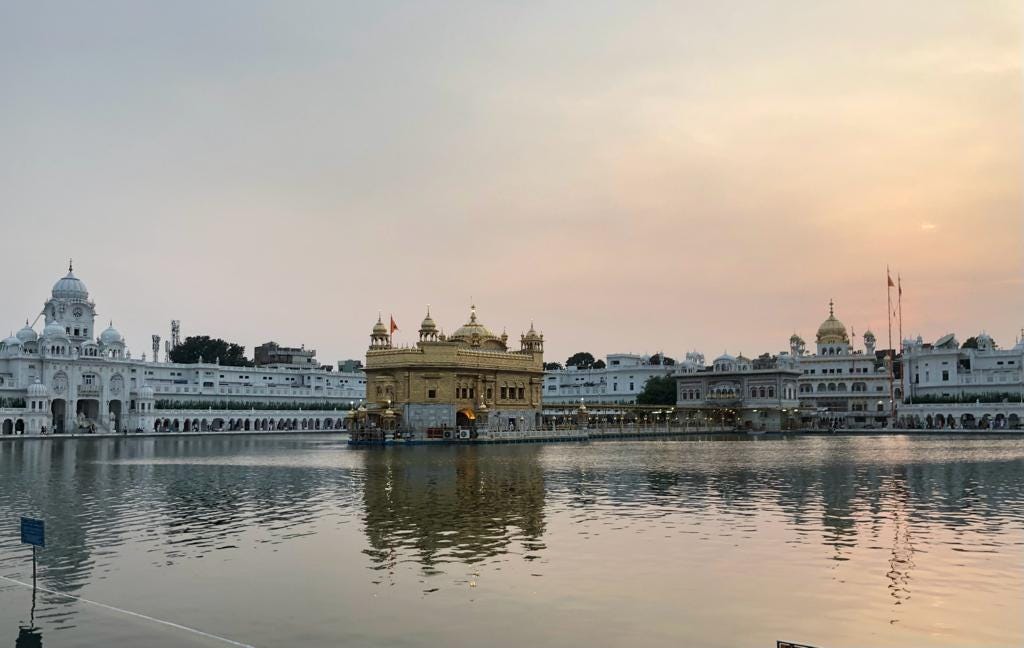
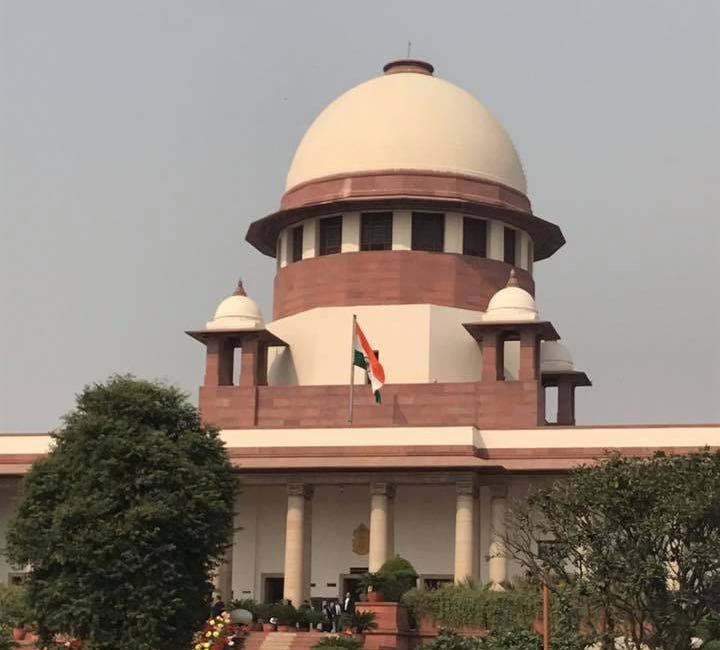
ਸੁਖਬੀਰ ਨੂੰ ਅਕਾਲੀ ਦਲ ਦੇ ਨਾਲ ਨਾਲ ਸ਼੍ਰੋਮਣੀ ਕਮੇਟੀ ਦੀ ਪ੍ਰਧਾਨਗੀ ਅਤੇ ਪੰਜਾਂ ਤਖਤਾਂ ਦਾ ਜਥੇਦਾਰ ਥਾਪਣ ਤੇ ਸਹਿਮਤੀ ਬਣ ਸਕਦੀ ਹੈ। ਇਸ ਤਰਾਂ ਪੱਕਾ ਹੱਲ ਹੋ ਜਾਵੇਗਾ।
ਕੀ ਬਾਕੀ ਸਾਰੇ ਸਹਿਮਤ ਹਨ ਜੀ